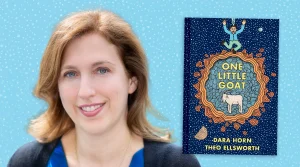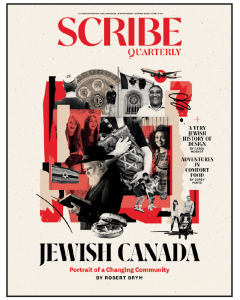Frida Kahlo (1907-1954) and her husband, Diego Rivera (1886-1957), were probably the most illustrious couple in 20th-century art
She achieved fame as a painter of mercurial self-portraits that verged on the surreal, while he was a famous muralist who championed Mexico’s national identity.
Through their body of work, they offered a new vision of Mexico’s rich cultural past and its changing social realities.
Their legacy is explored in Frida & Diego: Passion, Politics in Painting, an Art Gallery of Ontario exhibition running until Jan. 20.
Featuring almost one-quarter of Kahlo’s paintings, a selection of Rivera’s murals, watercolours, prints and paintings, plus a panoply of photographs in which they appear in various poses, Frida & Diego places their legendary careers in historic perspective.
At a press preview last week, curators hailed Rivera as one of the most influential artists of his time, in a league with Pablo Picasso and Henri Matisse, while Kahlo was described as an icon of the modern-art movement.
They met in 1928 when he was already an international figure and she was a novice painter. Although they had a stormy marriage, shattered by multiple affairs, their left-wing political convictions and commitment to their art made them lifelong companions and partners.
Kahlo, said to be of partial Jewish ancestry, was born in a town near Mexico City. Her mother, Matilde Calderon y Gonzalez, was of Spanish and Indian origin. Her father, Carl Wilhelm (Guillermo), a photographer, was born in Germany, supposedly the scion of Hungarian Jewish immigrants.
Some researchers claim that her father was from a long line of Protestants, and that Kahlo identified him as a Jew so that she could disassociate herself from the crimes of Nazi Germany.
Her father’s faith notwithstanding, Kahlo’s identity was formed and fixed by politics rather than by religion.
Like her husband, she was an ardent Communist. Indeed, she played a role in bringing Leon Trotsky, fleeing the wrath of Stalinism, to Mexico.
Suffering from endemic health problems after a catastrophic bus accident at the age of 18, Kahlo abandoned her medical studies and immersed herself in painting. Her husband, recognizing a raw talent, encouraged her.
Kahlo was drawn to self-portraits, as the exhibition manifestly reveals, because her almost fatal accident temporarily rendered her immobile. As she said, “I paint myself because I am so often alone and because I am the subject I know best.”
Among the vibrant self-portraits on display at the AGO are Self-Portrait with Necklace (1933), Self-Portrait Sitting on a Bed (1933), Self-Portrait with Red and Gold Dress (1941), A Few Small Nips (1935) and Self-Portrait with Monkeys (1943).
These paintings, influenced in part by Mexican folk painting, reveal Kahlo’s broken body, her miscarriages, her mixed European and indigenous heritage, her love of animals and her fraught relationship with Rivera.
Rivera’s artistry unfolds through such paintings as The Bullfighter and Cabbage Seller and through an enormous and visually arresting mural commissioned by Mexico’s ministry of education, one of more than 200 murals he painted in a lifetime.
The photographs, largely taken by Nickolas Muray (her lover in the 1930s) and Bernard Silberstein in both black and white and colour, portray Kahlo and Rivera alone or together. Although compelling, they seem staged, theatrical and even pretentious.
One of the strongest photographs, introducing the exhibition, shows a delicate Kahlo leaning her head against the hefty Rivera’s shoulder.






